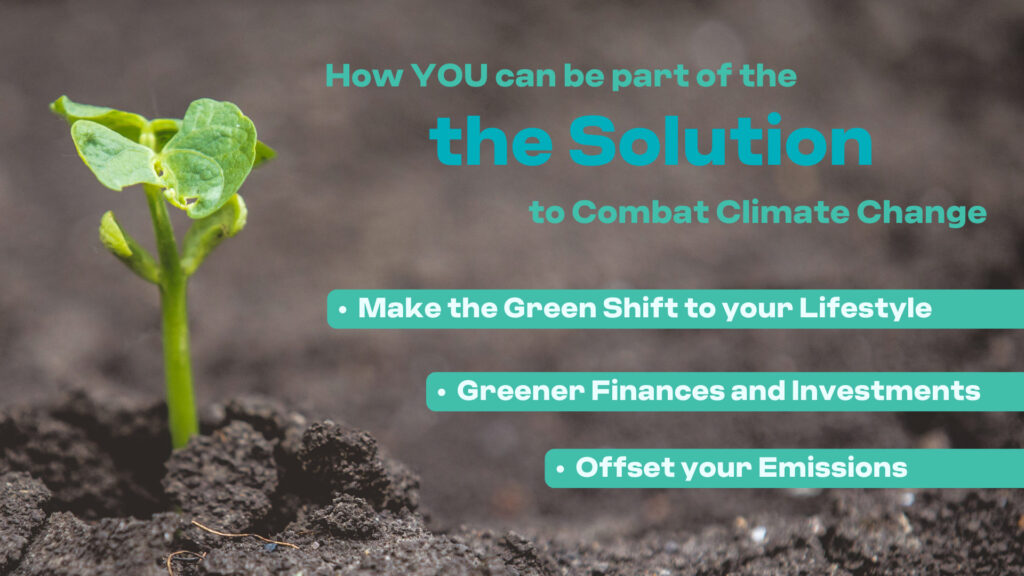Our climate is changing, and it’s happening fast. The signs and evidence of climate change are becoming more apparent with each passing day, and it does not spare anyone or anything from its negative effects. These days, our freshwater supplies have been becoming scarcer, our forests have been catching fire, and our oceans have not only been rising in levels but in acidity as well. The impacts of human-caused global warming are being felt by everyone on the planet, and it’s especially felt in developing countries.
Even more dire impacts await our planet if we don’t act now. According to the Paris Agreement, there is still time to change our course. If we limit global warming to well below 2, preferably to 1.5 degrees Celsius, then we have a chance at achieving a climate-neutral world by 2050. With this international treaty, world leaders must work together to cut emissions and create climate solutions to combat climate change.
However, climate change isn’t a problem that our governments can solve on their own. Achieving a climate-neutral world by mid-century requires global collaboration, this includes your own individual efforts to reduce your personal carbon footprint.
6 Consequences of Climate Change
1. Rising Sea Levels

The main physical effects of sea level rise are beach erosion, inundation of deltas, flooding, and the loss of numerous marshes and wetlands. As a result of saltwater intrusion, increased salinity will probably become a concern in coastal aquifers and estuary systems. By 2050, rising sea levels could impact 1 billion people.
2. Arctic Regions without Ice

We lose almost 13% of ice in the Arctic Sea every decade, and during the past 30 years, the oldest and thickest Arctic ice has shrunk by an astounding 95%. By 2040, there may not be any ice left in the Arctic during the summer.
3. Extreme Heat Waves

As the Earth’s climate warms, it is becoming more typical to experience hotter-than-normal days and nights, and heat waves are predicted to occur more frequently and with greater ferocity.
4. Flooding

Rainfall, snowfall, and other precipitation could occur more frequently and with greater intensity as a result of global warming.
5. Loss of Wildlife

Habitats for some animals and plants may become uninhabitable as the earth continues to warm. Various species are at risk as a result, depending on their ability to adapt or relocate.
6. Coral Bleaching

Coral bleaching, a condition when coral reefs turn white and become more susceptible to illness and mortality, is caused by changes in water temperature.
How your Personal Carbon Footprint can be part of the Solution:

Your impact on climate change depends on various aspects: the food you eat, your modes of transportation, the way you power your home, and more. But did you know that your finances could be adding a huge chunk of emissions on top of your personal carbon footprint? Here are straightforward and practical ways you can take action to start reducing your emissions:
1. Making the Green Shift to your Personal Lifestyle
Transport, housing, and food will account for the majority of a person’s carbon footprint. There are many things you can do to live a more environmentally conscious lifestyle, and everyone is obliged to influence the climate action culture. Learn how you can lower your personal carbon output in all aspects of your lifestyle and start taking action by beginning with yourself!
2. Green Finances and Investments
Do you know which industries and businesses your investments and pension funds support? Private equity firms, fossil conglomerates, and businesses that do not adhere to the net-zero emissions standard continue to get billions from pension and investment funds that are either invested directly or through our banks. One of the most important things you can do is to make sure your investments and pension are made in an ethical manner. Learn more about how your Banking Habits could be contributing to climate change, and how you can better align your finances and investments to your climate goals!
3. Offset Your Carbon Emissions
Anyone can fund carbon offsets, from large enterprises to college students. While not everyone has access to solar panels or can electrify their homes and cars entirely, everyone can reduce their carbon footprint by helping to finance CO2-saving projects in other parts of the world. Carbon offsets go beyond stopping climate change. They safeguard the environment, amplify the voices of marginalized communities, and support environmentally-friendly enterprises.
Choose an offset Project from Our Portfolio
We offer various carbon offset projects that meet international standards, such as the Verified Carbon Standard (VCS), Gold Standard Voluntary Emission Reductions (VER), and Certified Emission Reductions (CER). In addition to reducing carbon emissions, many of our carbon offsetting projects also help biodiversity, education, employment, food security, health, and well-being in developing nations.Start taking the right steps in reducing your CO2 emissions by changing up your personal lifestyle, calculating your personal carbon footprint using our free lifestyle calculator, looking into your finances, and donating to offsetting projects. All of which are easily accessible for you in our website!




